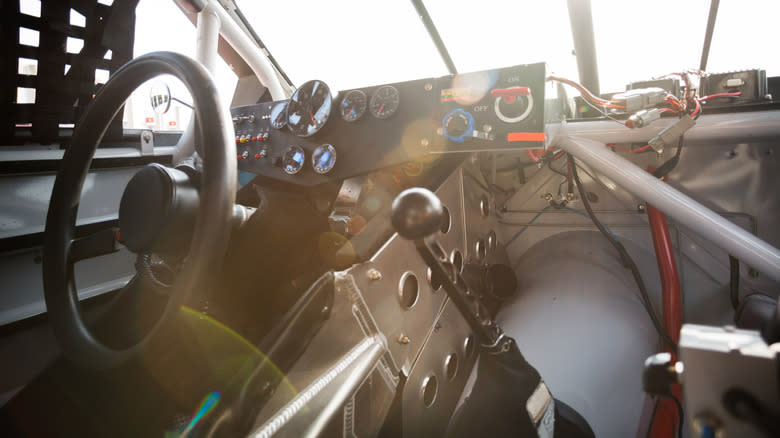
If you are a gearhead like us, you'll agree that one of the coolest sounds a racecar can produce, besides the exhaust note, is the high-pitched whine of a straight-cut gearbox. Most hardcore racecars use straight-cut gearboxes. These high-performance transmissions are also called dog boxes. As the name suggests, a straight-cut gearbox uses straight-cut gears, instead of helical gears used in conventional vehicles. Straight cut gears can handle high power outputs without breaking apart, are lighter and easy to service. Before we get into the details, let's first understand the difference between straight-cut and helical gears.
Simply put, a straight-cut gear has its teeth cut straight; think of an extremely thick motorcycle sprocket, and you are quite close to a straight-cut gear. In helical gears, the teeth are angled diagonally across the gear face and form a helical shape. In a helical gearbox, multiple gear teeth of two separate gears mesh together and have a small contact surface as well. This leads to low transmission noise. This refined characteristic is an important reason why helical gearboxes are used in modern cars.
Read more: These Cars Have The Best Wings Ever
Why Do Racing Cars Use Straight-Cut Gears?
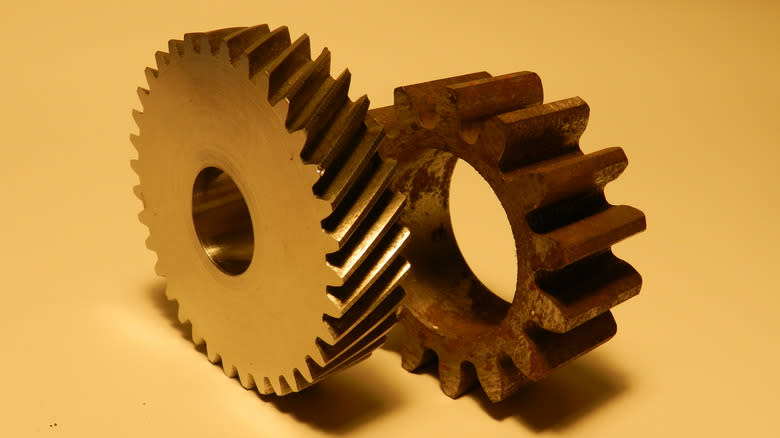
Straight-cut gearboxes are fun to use, unlike these weirdest shifter and gear selectors seen in some cars. While straight-cut gearboxes are not as refined or smooth as helical gearboxes, they are used in racing cars for some very specific reasons. Straight-cut gears are more efficient in transmitting power than helical gears. Helical gears produce an axial load due to the sliding contact between the gears. Also known as thrust load, it is the compressive or tensile load the gears put on their shaft. This limits the amount of torque a helical gear can withstand and transmit without component failure.
In straight-cut gears, the gears teeth engage directly, with one contact point between the teeth; unlike helical gears, with constantly changing contact points, where force tries to push the gears sideways (axial load). This means straight-cut gears can transmit a large amount of torque without breaking apart. It is also more efficient than helical gears. The axial load also increases friction between the helical gears, causing power loss as well as generating heat. In a straight-cut gear, the tooth design helps it engage directly (without sliding) with other gears, causing minimal power loss. The low friction also generates less heat during operation, making them more durable.
Other major advantages of straight-cut gearboxes are their simplicity and lightweight nature. They have fewer moving parts and are easier to maintain and replace parts, a critical factor in racing. Fewer components and no axial load mean the gearbox does not need reinforcement like a comparable helical gearbox, so it is lighter as well.
Do Conventional Cars Use Straight-Cut Gears?
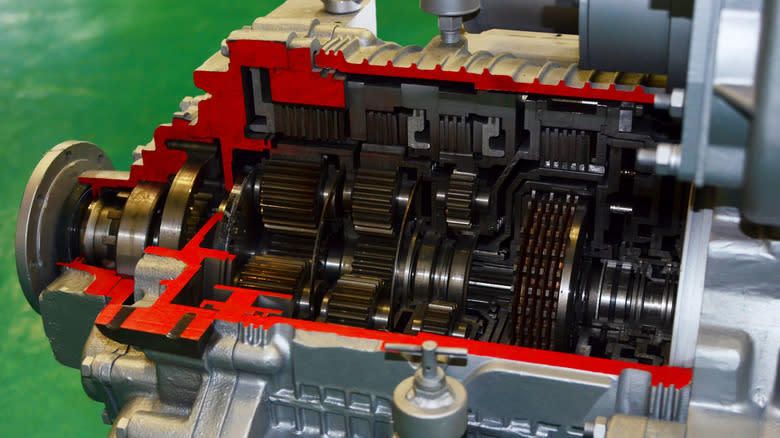
Modern road-going cars use helical gearboxes, as they are smoother and produce less noise. Helical gears also use synchronizers, which help offer smoother gear changes. However, most modern, manual-transmission equipped cars use a straight-cut reverse gear as it is less complex, cheaper, and easier to engage and do not require synchronization.
To sum it up, race cars use straight-cut gearboxes as they are more efficient and robust. They offer a more direct engagement and can handle more torque. So you can get away with brutal downshifts or even multiple gear changes past the redline. The gearbox runs cooler, so you don't have to worry about components overheating and failing. And in case something does fail, the fewer components in a gearbox make it easier to identify and quicker to repair or replace. After all, time is a critical factor during racing.
Fewer components mean a straight-cut gearbox is lighter, again important for a racecar where every extra pound makes a difference. The tradeoffs of noisy operation and abrupt gear changes, do not matter much in a racecar. In fact, they elevate the visceral experience of driving a racecar, especially one that's built on a road car. Straight cut gearboxes are as important for racing as race data, which is the most fascinating thing about racing but is something we'll never be allowed to learn more about.
Want more like this? Join the Jalopnik newsletter to get the latest auto news sent straight to your inbox...
Read the original article on Jalopnik.
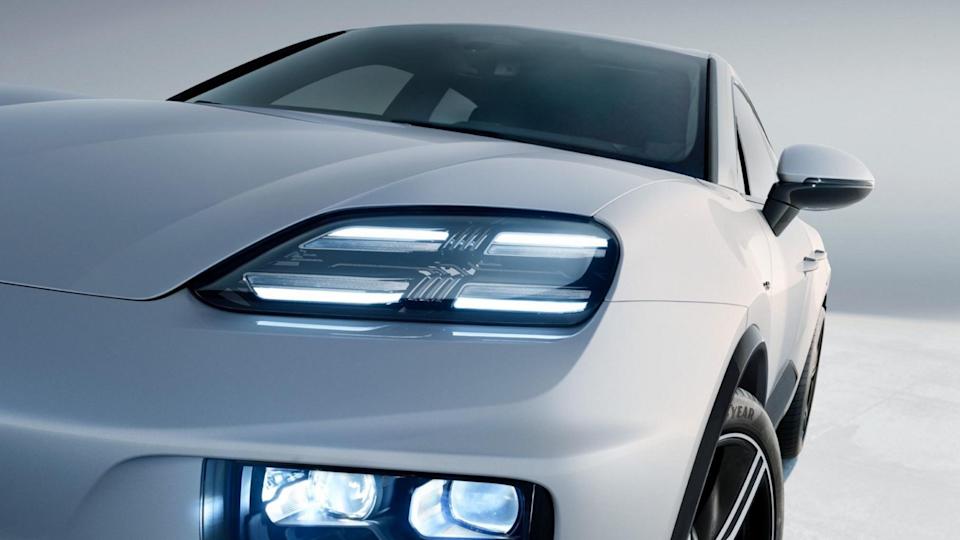





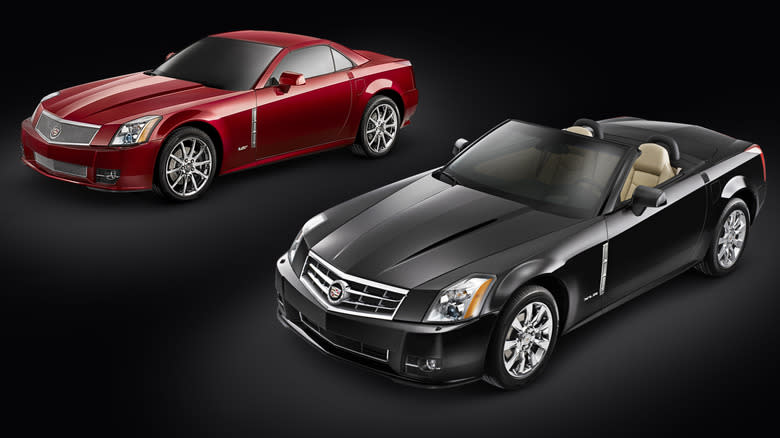

Comments